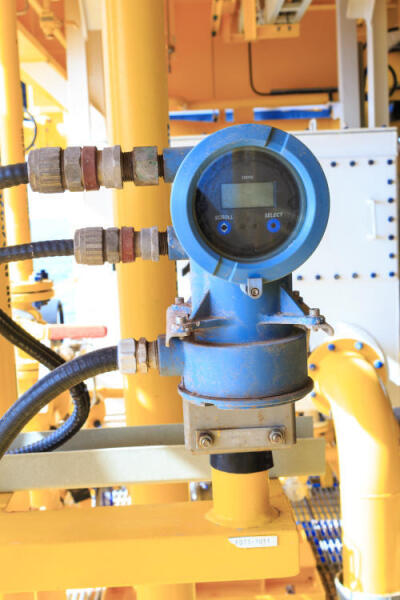Toll Free: (800) 888-8987 | Phone: (440) 835-3540 | office@ramsensors.com
What You Need to Know About Temperature Sensors
Have you ever used a refrigerator, microwave, water heater, or thermometer? If so, then you've used a temperature sensor. Temperature sensors find application both at home and in big industries, including geotechnical monitoring and manufacturing fields. They help in monitoring temperature changes in railway lines, bridges, concrete structures, concrete dams, boreholes, and even soil.
What Are Temperature Sensors?
Just as the name implies, a temperature sensor is a device that measures how hot or cold an object is. Typically, temperature sensors are temperature detectors or thermocouples that use electrical signals to provide temperature measurements.
How Do Temperature Sensors Work?
Industrial temperature sensors use diodes and transistors. When temperatures change, the voltage across these electrical components changes as well. These changes are converted into readable electrical signals that are displayed on a screen. Other temperature sensors use vibrating wires to sense temperature fluctuations, which cause changes in tensile stress in these wires that are then converted into electrical signals. A temperature sensor must have a component that responds to temperature changes.
What Are Temperature Sensors Used For?
There are a variety of temperature sensors available in the market today. The one you choose will depend on the nature of your work. Temperature sensors are classified into two categories: contact sensors and non-contact sensors.
Contact Sensors
Contact sensors measure temperature when they are in contact with the object in which temperature is being measured. They include thermistors and thermocouples.
Non-Contact Sensors
Non-contact sensors, on the other hand, measure thermal radiations from the objects in which temperature is being measured. They are useful in hazardous areas where contact sensors aren't possible. Non-contact temperature sensors find application in thermal or nuclear power plants, as well as in geotechnical monitoring and chemical manufacturing industries.
Temperature sensors are also widely used in civil and structural engineering works to monitor changes in temperatures of concrete and steel structures to prevent structural failures.
Thermostats
A thermostat is a temperature sensor that uses a bimetallic strip to detect temperature changes. The bimetallic strip is made of two metals with different coefficients of linear expansion. The most common metals used in thermostats are tungsten, nickel, copper, and aluminum.
Thermistors
Thermistors are made of resistors that are sensitive to temperature changes. They are mainly made from the oxides of cobalt, manganese, nickel, or other ceramic materials with a glass coating.
Want to Buy a Temperature Sensor?
When shopping for a temperature sensor and accessories, you need to choose a reputable supplier with several years of industry experience. RAM Sensors, Inc. has been in business for over three decades and produces custom-made temperature sensors for various industrial applications, including:
- Remote Thermocouples
- Thermocouples
- Thermocouple Wire
- Thermowells
- Remote Resistance Temperature Detectors (RTDs)
- Thermocouple & RTD Connectors
- Platinum Temperature Sensors
- Exhaust Gas Temperature (EGT) Sensors
- Temperature Sensing Accessories
- Protection Tube Assemblies
- And more!
Contact an experienced sales representative today!





